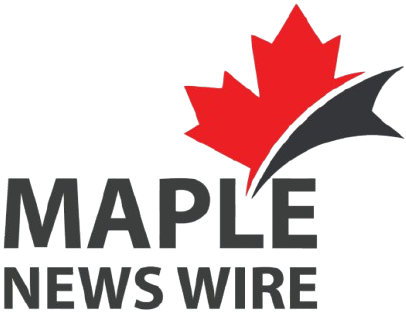Canadian PM Mark Carney confronts US tariffs, emphasizing sovereignty and partnership to reshape US-Canada trade relations amid ongoing tariff disputes.
Mark Carney’s Visit to the White House: Setting the Tone
On May 6, 2025, Canadian Prime Minister Mark Carney met with US President Donald Trump at the White House to address the escalating trade tensions marked by US tariffs on Canadian goods. Carney firmly asserted that Canada “will never be for sale,” signaling a strong stance on national sovereignty amid Trump’s provocative remarks about annexation.
The meeting, described by Canadian officials as productive despite differences, avoided the acrimony seen in other recent US diplomatic encounters. Carney emphasized the need for a renewed economic partnership while rejecting tariff policies that harm both nations’ economies.
The Tariff Dispute: Impact and Positions
The Trump administration has imposed 25% tariffs on Canadian steel, aluminum, vehicles, and parts, citing the need to protect American manufacturing and reduce trade deficits. Trump expressed skepticism about lifting these tariffs, maintaining that the US should produce its own materials and reduce reliance on Canadian imports
Canada, on the other hand, has responded with equivalent tariffs on US goods, escalating the trade conflict. Carney highlighted that these tariffs are counterproductive, hurting American jobs and competitiveness. He also pointed out Canada’s robust efforts in border security and combating fentanyl trafficking as reasons tariffs should be removed
Economic Interdependence and Trade Realities
Despite tensions, Canada remains the US’s second-largest trading partner, with over $760 billion in goods exchanged annually. The US benefits significantly from Canadian energy exports and raw materials, including steel and lumber. Disruptions from tariffs have led to declines in Canadian exports to the US, with a notable drop of $3.7 billion in March 2025 alone.
Carney underscored the complexity of the trade relationship and the necessity of adjustments to the United States-Mexico-Canada Agreement (USMCA), which Trump has criticized but not fully dismantled. He suggested that while some aspects of the agreement require revision, a comprehensive overhaul is unnecessary.
The Way Forward: Dialogue and Partnership
Carney’s approach combines firm defense of Canadian sovereignty with a pragmatic call for continued dialogue. He conveyed to Trump that the idea of Canada becoming the US’s 51st state is off the table, urging respect for Canada’s independence.
Both leaders indicated willingness to continue talks, with further meetings planned, including at the upcoming G7 summit hosted by Canada. Carney’s message is clear: while tariffs and trade disputes persist, cooperation and mutual respect remain essential for the future of US-Canada relations.
Conclusion
Mark Carney’s visit to Washington marks a pivotal moment in US-Canada relations amid a challenging tariff landscape. His firm stance on sovereignty, combined with a call for partnership and pragmatic trade adjustments, outlines a path forward that seeks to protect Canadian interests while recognizing the deep economic ties binding the two nations. The coming months will test whether this balanced approach can ease tensions and restore a more stable trade environment.




